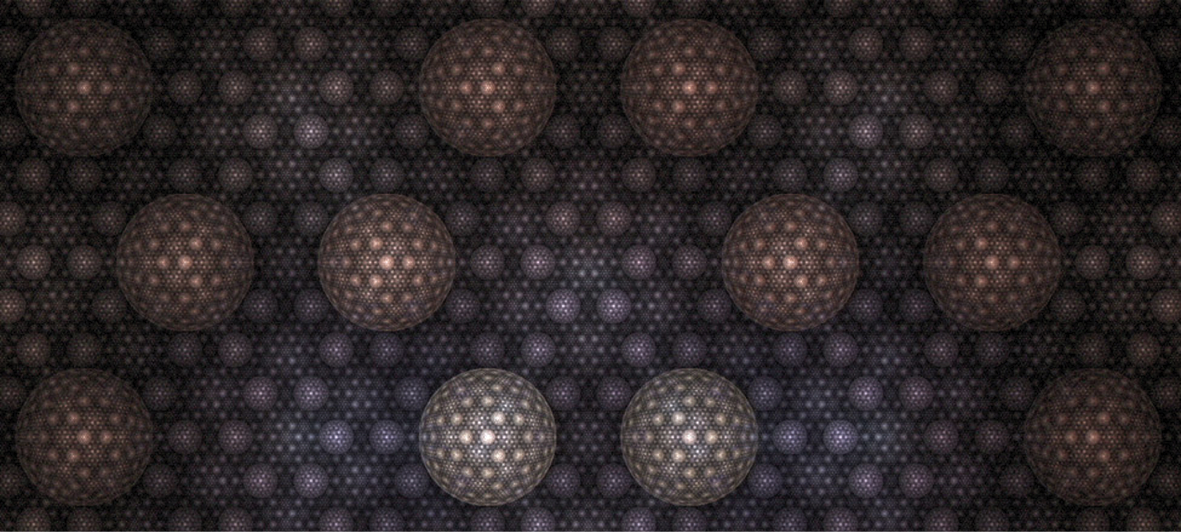
1st Seminar «Frontiers in Nanoscience: Neuromorphic Computing»
Neuromorphic computing, which mimics the architecture and components of biological neural networks, is an emerging technology which might overcome some of the challenges that traditional computing is facing. In this talk, we will show how resistive switching can be used to mimic the functionalities of the two builiding blocks of a neural network: neuron and synapse. We will focus specially on the resistive switching caused by the voltage-triggered insulator to metal transition, discussing aspects such as its underlying mechanism, dynamics and its spatial distribution. We will also show some of our recent efforts towards emulating neuronal behaviour using this phenomenology.
Speakers
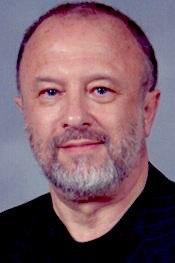
Prof. Ivan K. Suller
Presentation
Director of Center for Advanced Nanoscience @University of California in San Diego (UCSD) / Distinguished Physics Professor / Director of Frontier Research Center on Quantum-Materials for Energy Efficient Neuromorphic-Computing (Q-MEEN-C) / Fellow of the American Academy of Arts and Sciences
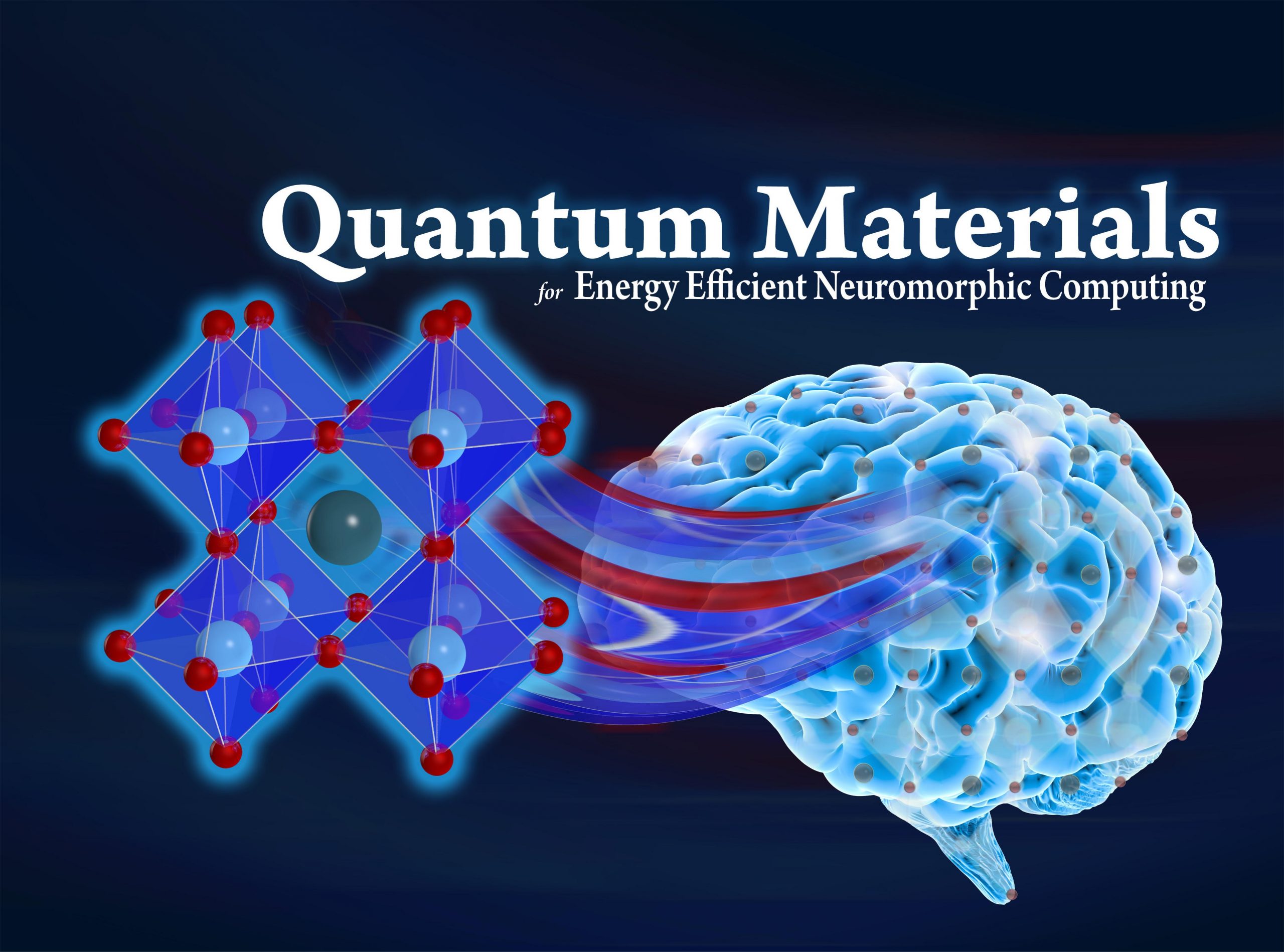
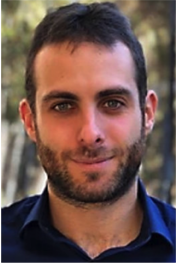
Javier del Valle
Guest Speaker
Ambizione Research Fellow @Department of Quantum Matter Physics – University of Geneva / PhD at Univ. Complutense de Madrid – Prof. Jose Luis Vicent Group, Superconducting Vortex Dynamics 2015 / Postdoc at UCSD Prof. Schuller Lab, Correlated oxides, metal-insulator transitions and Neuromorphic Computing.
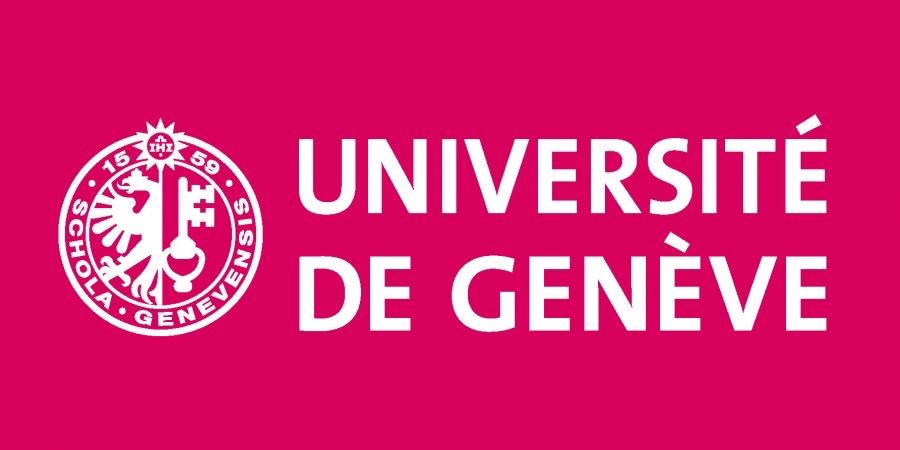

Prof. Rodolfo Miranda
Q&A Moderator
Director @IMDEA Nanoscience Institute / Full Professor of Condensed Matter Physics at the Univ. Autónoma de Madrid (UAM) – Head at UAM Surface Science Lab UAM / Vice-chancellor for Research and Scientific Policy UAM / Secretary R+D Commission Conference of Spanish University Deans / Fellow of the American Physical Society

